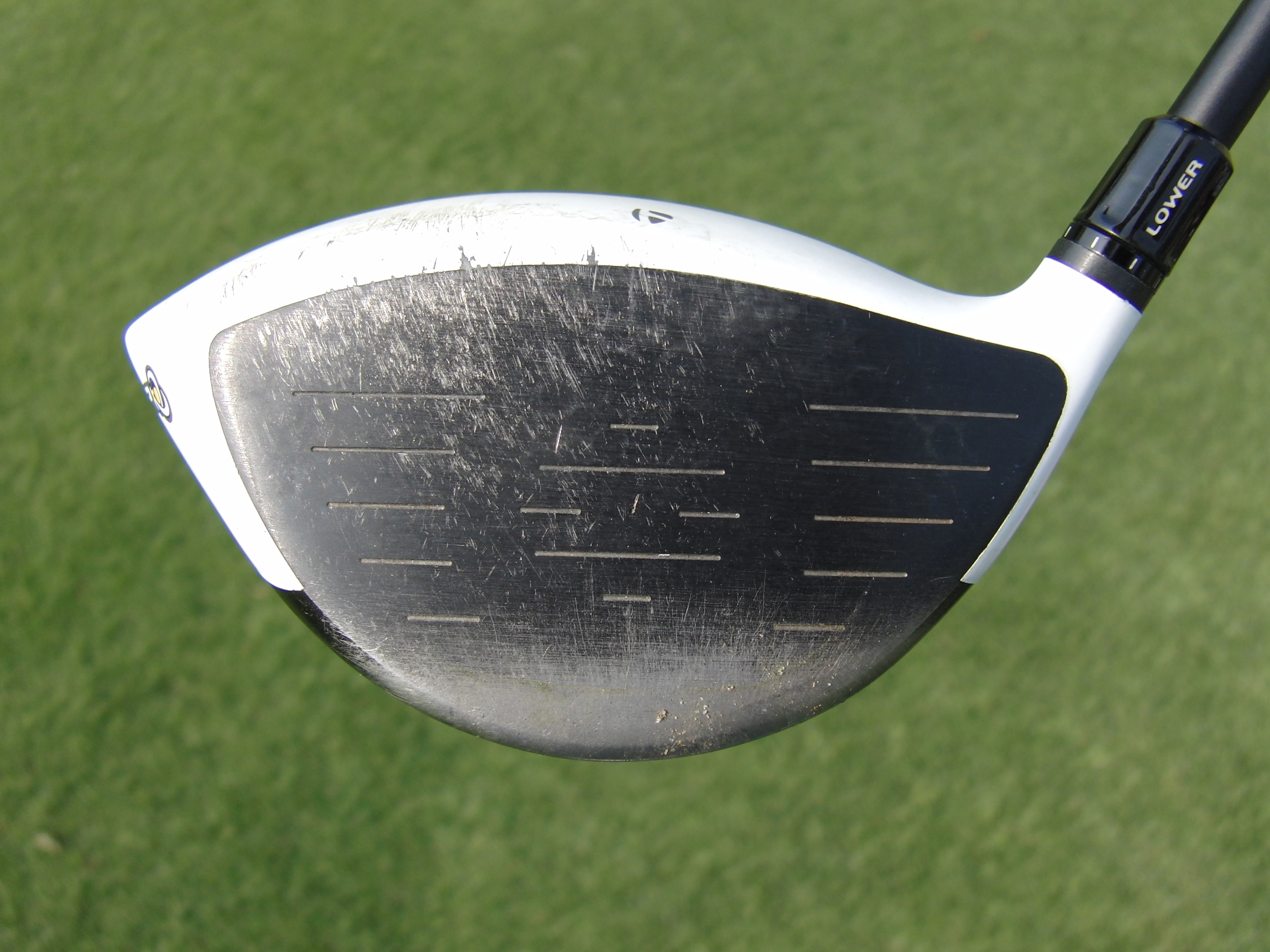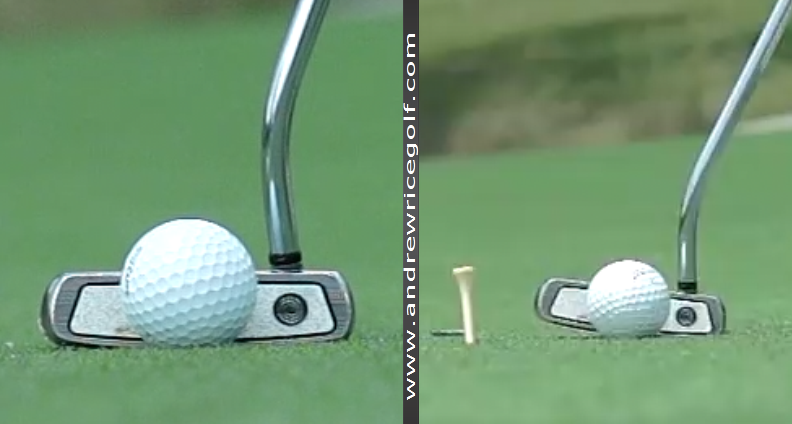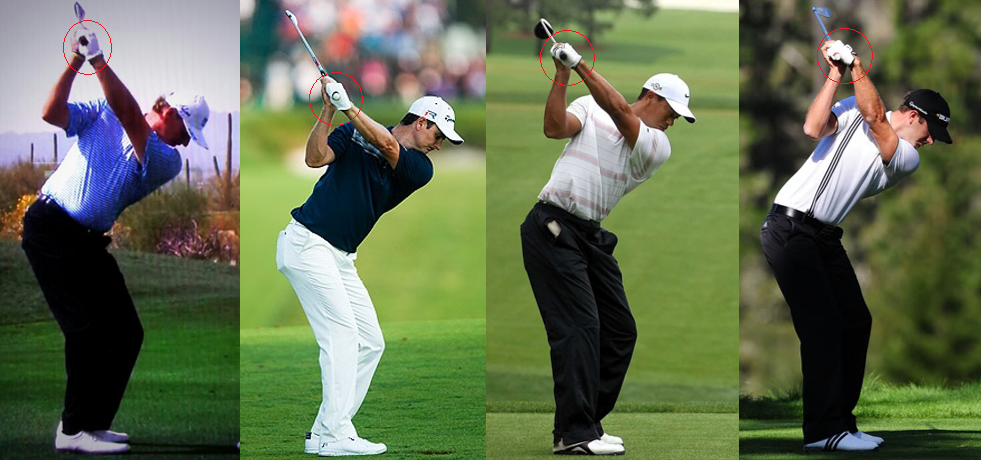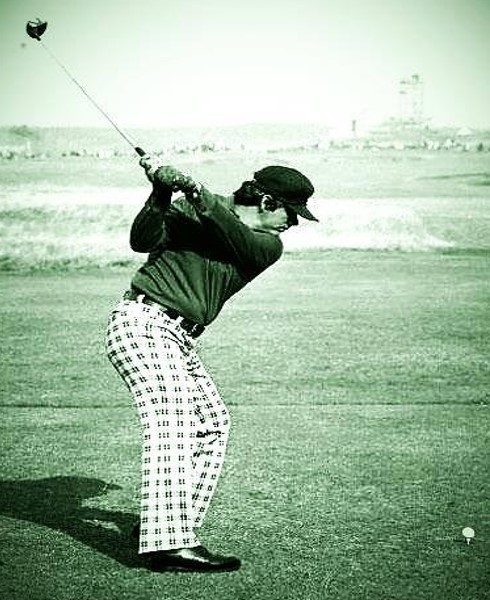Hitting Up on the Driver
/I often conduct this demonstration for my Three Day Golf students where I hit back to back shots and attempt to illustrate the value of hitting up on the driver and what it could mean to their tee shots. For good measure I also throw in a little fade versus draw at the same time.
My intent is to maintain a similar club speed from one swing to the next and if possible strike the ball in a similar location on the club face. As you'll see this was an occasion where I managed to get pretty close...
This TrackMan screenshot illustrates the first shot where the idea was to hit down and across the target line, imparting a low launching and fading ball flight...
The First Shot
This TrackMan screenshot illustrates the follow-up shot where the plan was to deliver the club head to the ball with it traveling up and outward, imparting a higher launch and gentle draw to the ball flight...
The Second Shot
Let's take a deeper look to see what some of the important differences are between these two interesting shots:
- Attack Angle - The 9.1º difference is the primary reason why the second shot traveled significantly further than the initial attempt. This was achieved with a change in tee height, address position and intent.
- Club Path - The almost 14º difference here will generally lead to a huge change in ball flight curvature. My findings have shown that when it comes to shot shape the club path plays a primary role.
- Launch Angle - The old adage of 'hit down to make the ball go up' takes a beating here as the shot hit with an ascending strike launches significantly higher.
- Club Speed - Nothing much to see here other than to verify that the club head for each shot is traveling at virtually identical speeds.
- Ball Speed - Another interesting nugget here is that while the carry and total distances are significantly different there is very little difference in the ball speed from shot to shot.
- Carry - Wow! That's amazing isn't it? While impact location for the second shot was slightly higher on the face (and a hint more toward the toe) which might lend to slightly longer carry distance the direction the club head was traveling (up and out) is the primary difference maker here.
- Total - As you might imagine the increase in total distance follows suit along with the increase in carry distance.
I know we could all benefit from a gain in almost 30 yards off the tee. And keep in mind that's at the same speed and with the same club! No need to hit the gym or shop for a new driver. This video gives some insight into what's required to affect the changes you've seen in this demonstration...
Thanks for reading/watching. If you need hands-on help with your game I'd love to host you in Savannah at the Westin Savannah Harbor Resort for either a lesson or a Three Day Golf School. Email terri(at)andrewricegolf.com for details.







































